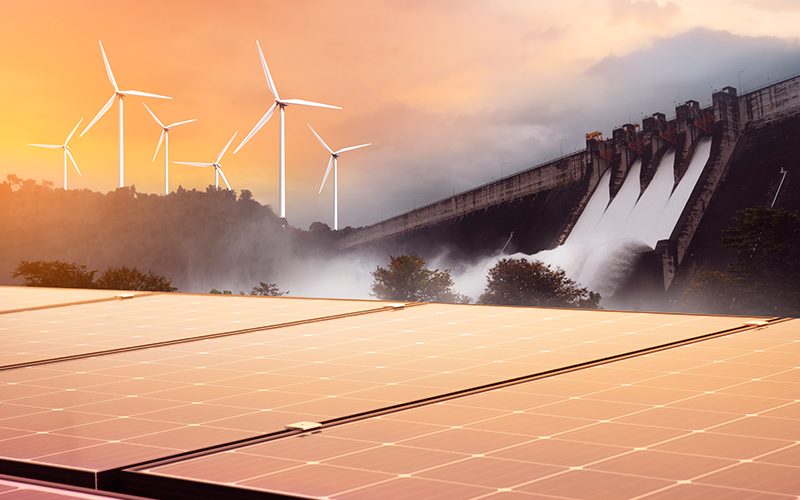It’s 2050. The air is hotter, storms are stronger, and our cities flood more often. Forests have thinned, clean water is harder to find, and many animal species have disappeared. Life hasn’t stopped—but it’s gotten harder, especially for communities hit first and worst by climate change.
Sounds like a scene from a dystopian movie, right? Sadly, that’s the direction we’re heading if we don’t take climate action seriously.
But here’s the twist: it doesn’t have to be this way.






